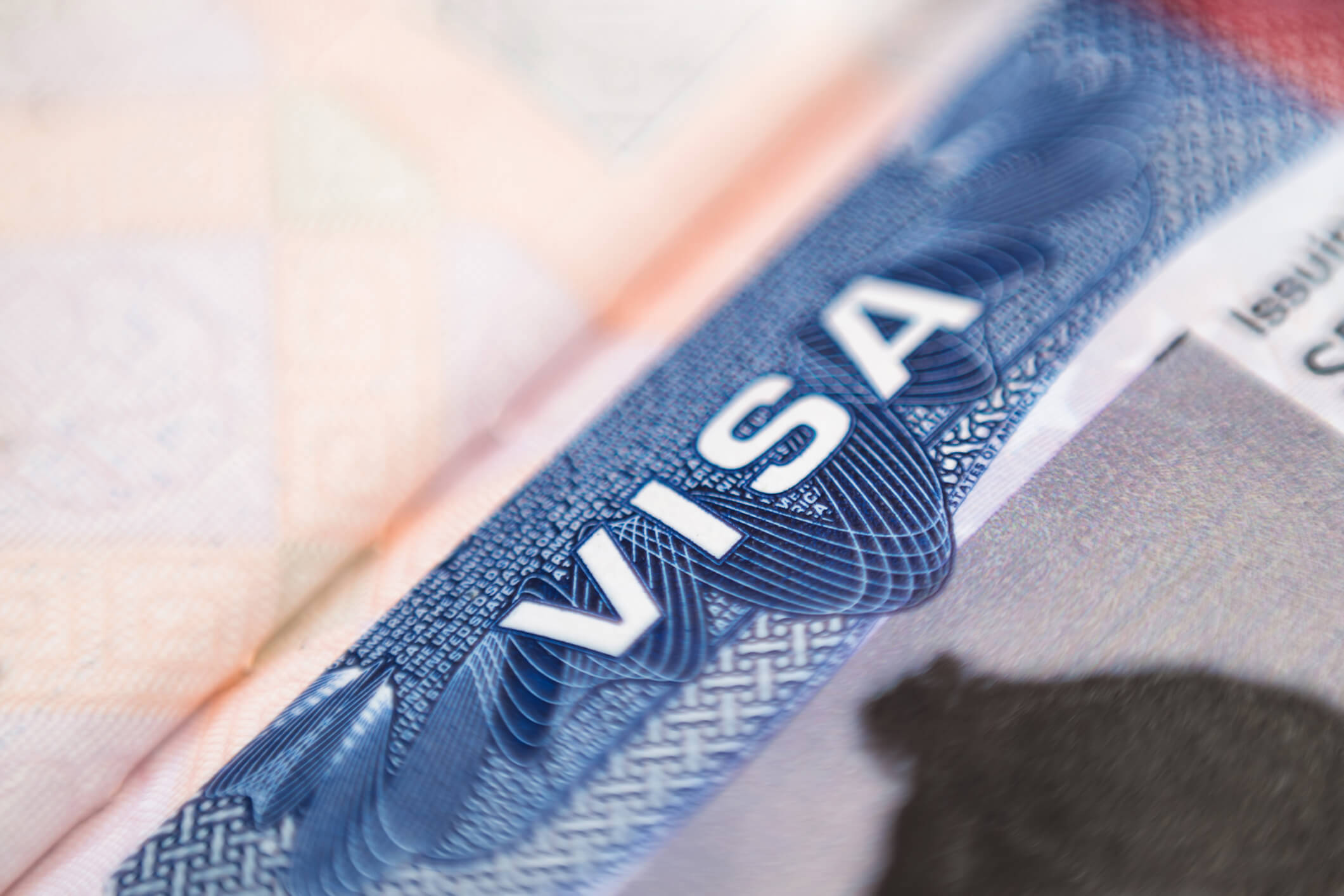The Department of Homeland Security (DHS) followed through on its July announcement (see the July 2009 issue of the Immigration eAuthority) and officially rescinded the Social Security “No-Match” regulation on October 7. In summary, the proposed No-Match rule prescribed a specific follow-up protocol in the 90-day period following receipt of a letter from the Social Security Administration (SSA) informing the employer that the Social Security numbers reported for certain employees on Form W-2 do not correspond with the names found in SSA’s records. Employers that followed the protocol would have been entitled to a safe harbor from the No-Match letter being used against them in an enforcement action.
The rule has been the subject of controversy since it was first introduced in August of 2007. A lawsuit was filed shortly thereafter and an injunction was issued preventing implementation of the rule. DHS re-published the regulation in 2008 in an attempt to address technical deficiencies noted in the lawsuit. The Obama Administration did not press implementation and by July 2009 announced it would be abandoning the rule.
DHS has clearly not abandoned the general goal of increasing immigration enforcement. DHS has thrown its support behind expansion of E-Verify and specifically noted in the official Federal Register announcement that it “has determined to focus its enforcement efforts relating to the employment of aliens not authorized to work in the United States on increased compliance through improved verification, including participation in E–Verify, ICE Mutual Agreement Between Government and Employers (IMAGE), and other programs.” The regulation requiring certain federal contractors and sub-contractors to use E-Verify became effective on September 8 and some 168,000 employers are expected to be affected. This will more than double the number of employers enrolled in E-Verify.
So what are employers to do if they receive a No-Match letter? As has been the case for several years, employers should not ignore No-Match letters as a no-match can be one factor that contributes to a finding that an employer had “constructive knowledge” that a worker was unauthorized. DHS confirmed as much when it stated:
Receipt of a No-Match letter, when considered with other probative evidence, is a factor that may be considered in the totality of the circumstances and may in certain situations support a finding of “constructive knowledge.” A reasonable employer would be prudent, upon receipt of a No-Match letter, to check their own records for errors, inform the employee of the No-Match letter, and ask the employee to review the information. Employers would be prudent also to allow employees a reasonable period of time to resolve the no-match with SSA.
In short, employers should take specific follow-up action following receipt of a No-Match letter. Such action might even include following a similar protocol to the one provided for in the rescinded regulation. Thus, perhaps all the rescission of the regulation means is that employers can be flexible on the protocol used to follow up on No-Match letters. Employers can often benefit from working with someone familiar with immigration compliance issues to develop a clear policy that can justify the employer’s good faith efforts to comply, while not unwittingly creating an improper termination claim from affected employees.
Note: This article was published in the October 2009 issue of the Immigration eAuthority.




